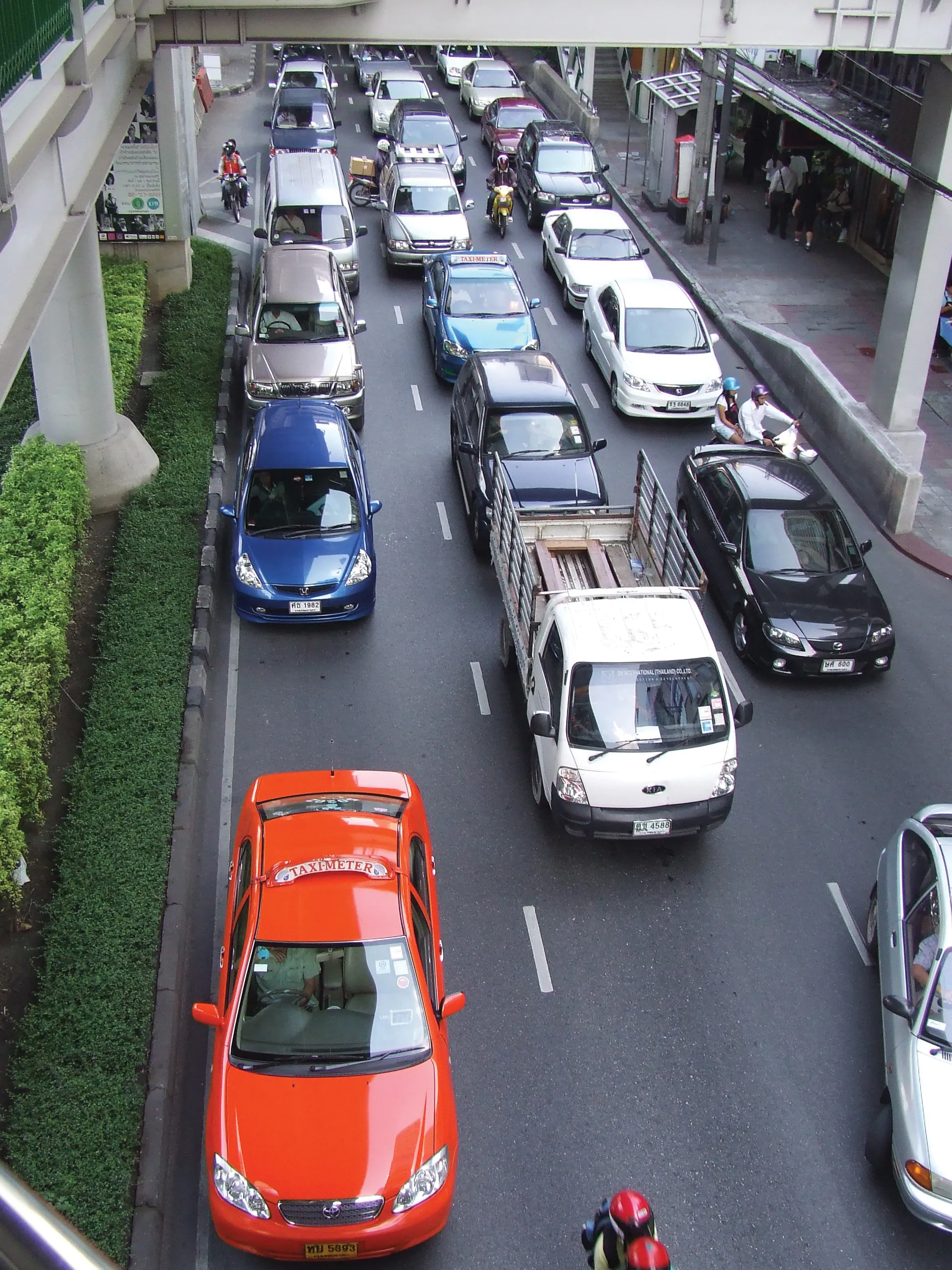The authorities in Hanoi are putting forward a novel if potentially costly solution to tackling the city's chronic traffic congestion problem. The Vietnamese city is known for its jammed road system and Hanoi Transport Department is proposing building elevated roads.
May 30, 2012
Read time: 1 min
The authorities in Hanoi are putting forward a novel if potentially costly solution to tackling the city's chronic traffic congestion problem. The Vietnamese city is known for its jammed road system and Hanoi Transport Department (2560 Vietnam's Ministry of Transport) is proposing building elevated roads. Some six elevated highways would be built under the plan with the city's authorities planning on investing some US$1.72 billion in the project.








